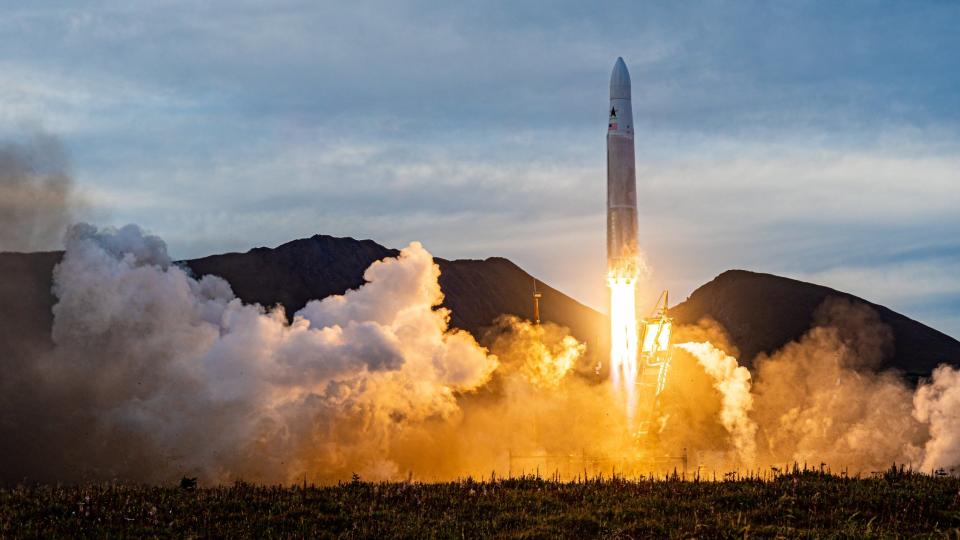Astra completes investigation into August launch failure, aims for next attempt in October

Rocket launch startup Astra provided more details into its rather remarkable mission failure in August, during which the small launch vehicle hovered and drifted in the air before managing a brief vertical ascension. Even as it recounted the debacle, the company is ready to try again, opening the launch window for its next attempt on October 27.
This will be the fifth launch attempt for the company, which recently went public via a SPAC merger that injected it with around $500 million in cash. The rocket, dubbed “LV0007,” will carry a test payload for the U.S. Space Force.
This most recent flight on August 28 failed due to a propellant leakage, which caused the shutdown of one of the rocket’s engines, Astra chief Engineer Benjamin Lyon explained in a blog post. The rocket did manage to ascend as high as around 30 miles before the launch was terminated around 148 seconds after take-off. The company, along with the Federal Aviation Administration, conducted an investigation into the cause of the failure.
“The issue we encountered was something we hadn’t seen before,” Lyon said. After it leaked, it seems that the first stage propellant distribution system became trapped between the rocket and the launcher. Exhaust from the other engines caused that trapped propellant to ignite, severing the electronic connections to the fuel pump and shutting down the engine less than one second after takeoff.
Lyon says the company has taken steps to ensure these issues do not recur on the next test flight, including tweaking the rocket-to-launcher design to ensure that even if leaks do occur, the two propellants will not mix. Astra also modified the propellant supply mechanism and improved other verification processes, he said. “Together, we believe these changes significantly reduce the likelihood of seeing a similar event in the future.”
LV0007 will take off from the company’s launch site in Kodiak, Alaska, with the launch window opening on October 27 through October 31. There is an additional backup window from November 5 to November 12.
“Data from the two-and-a-half-minute flight provided valuable insights that we have incorporated into LV0007 and future launch vehicles,” Astra CEO Chris Kemp said. “Our team is looking forward to returning to flight and learning more about our launch system – consistent with our launch and learn philosophy.”

 Yahoo Finance
Yahoo Finance 